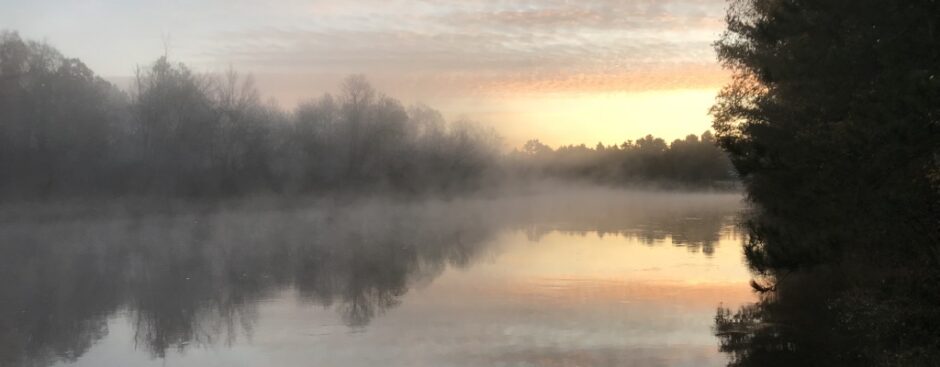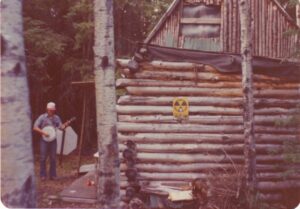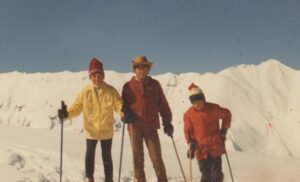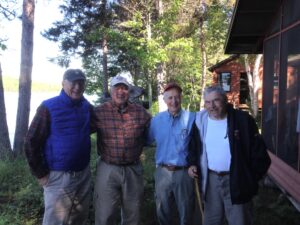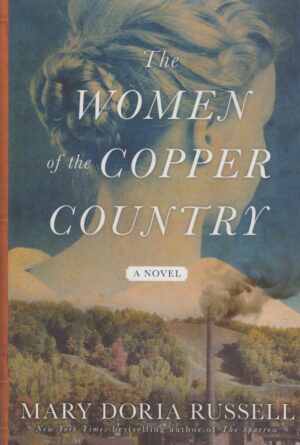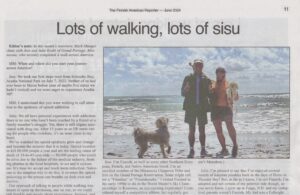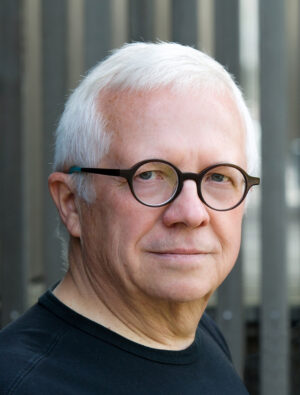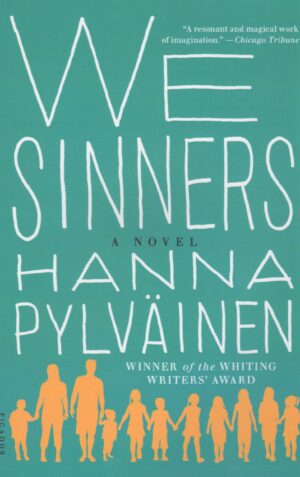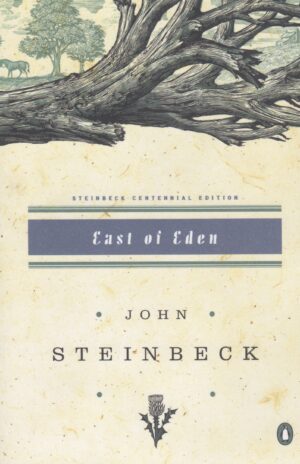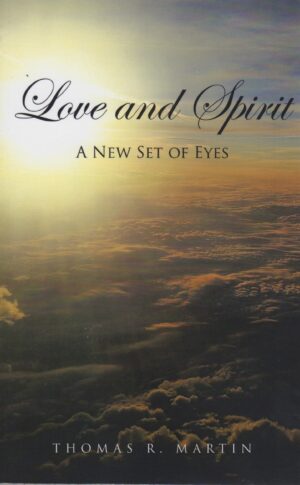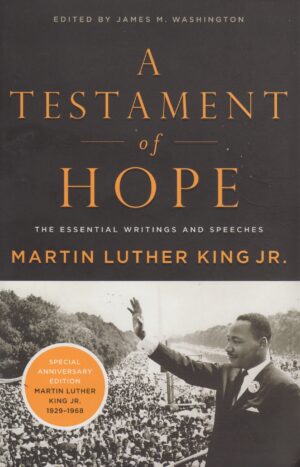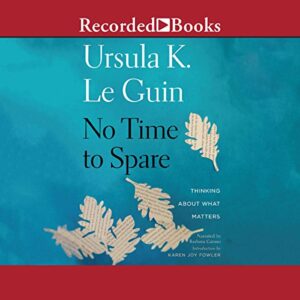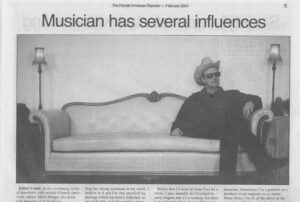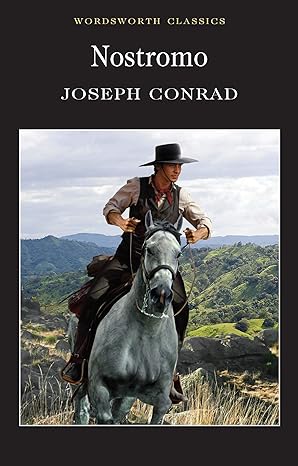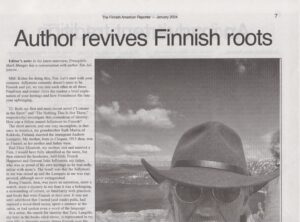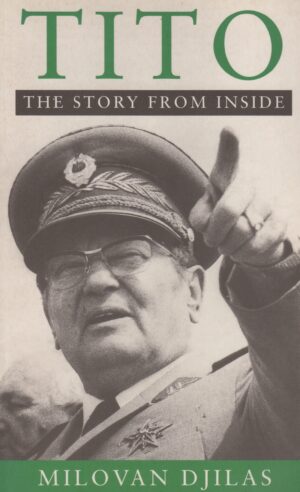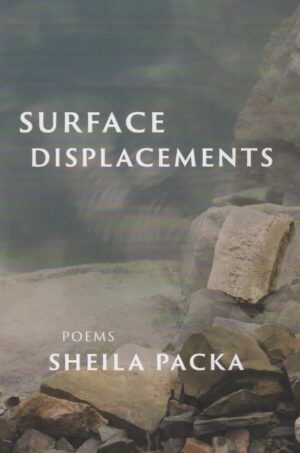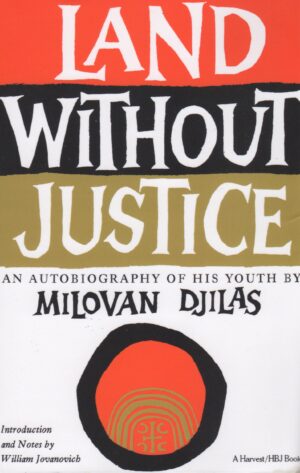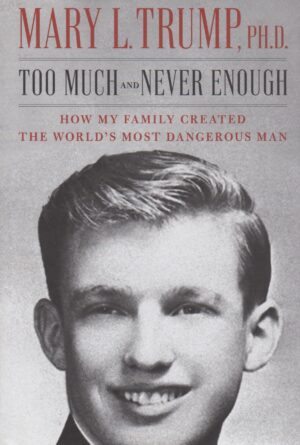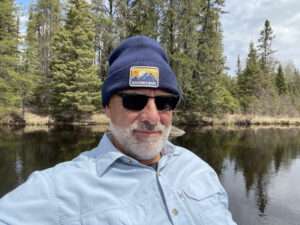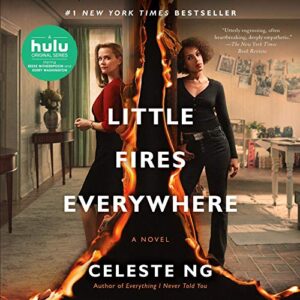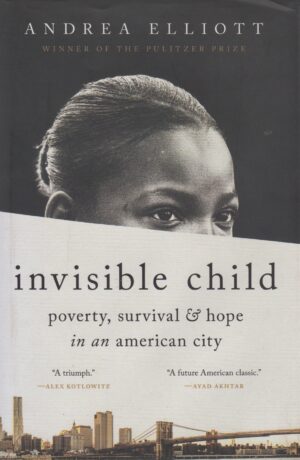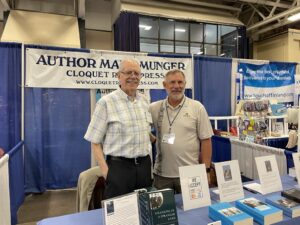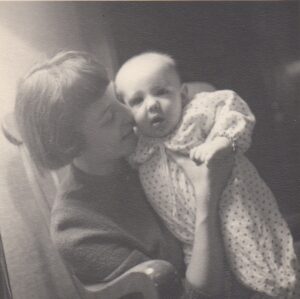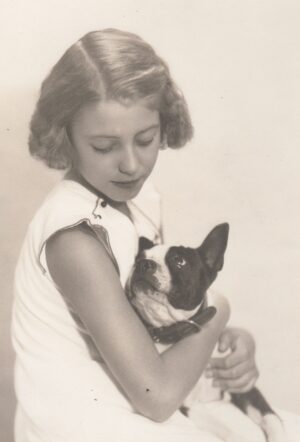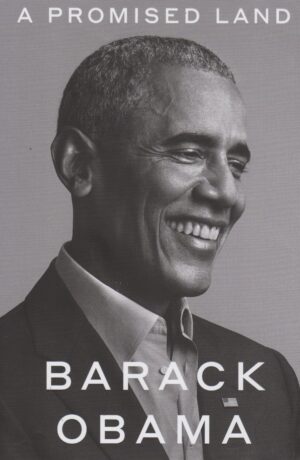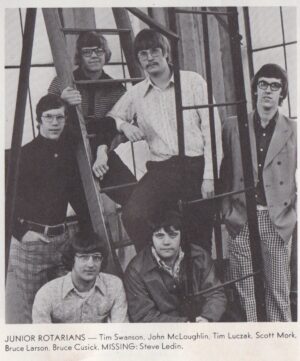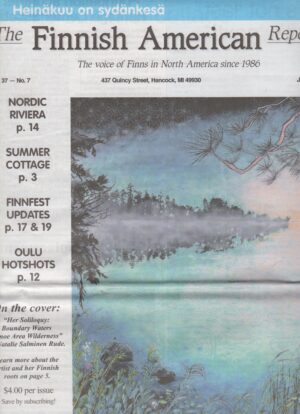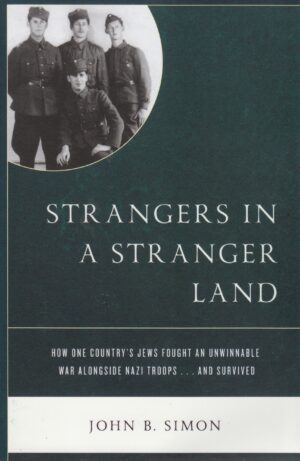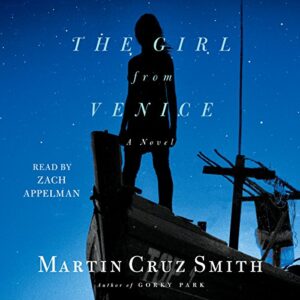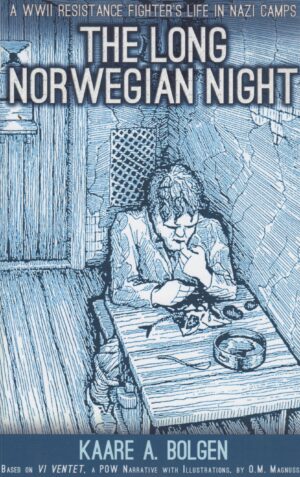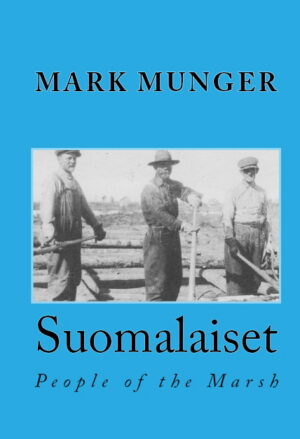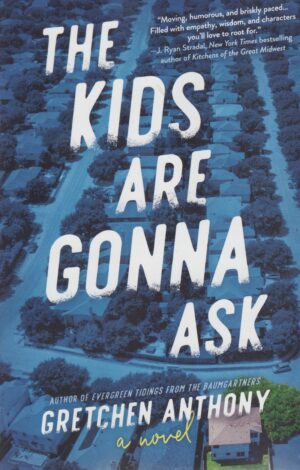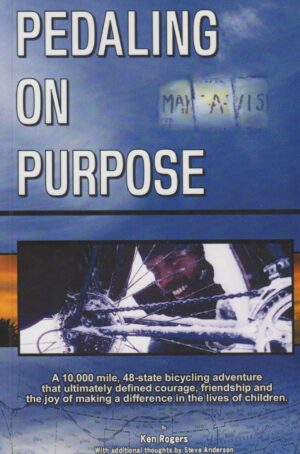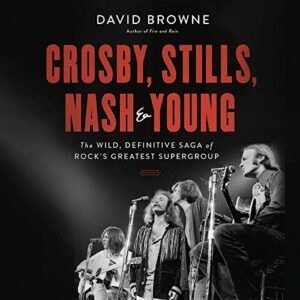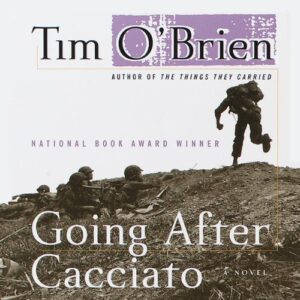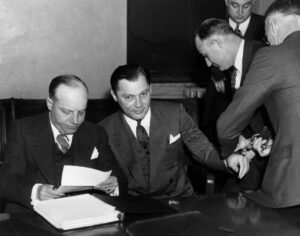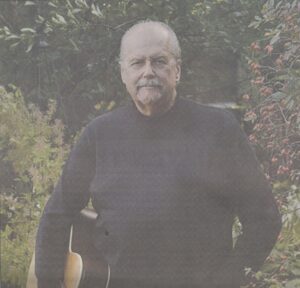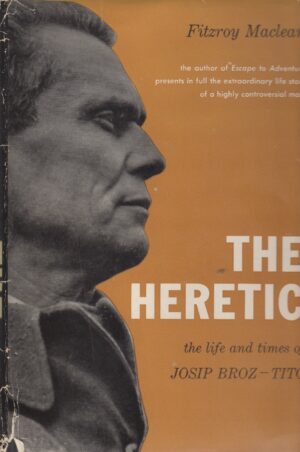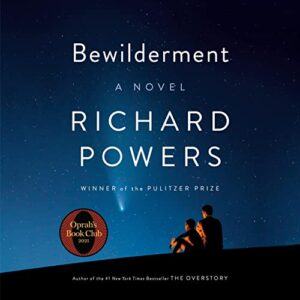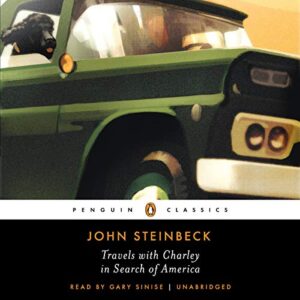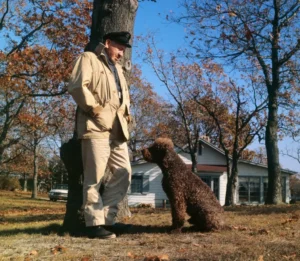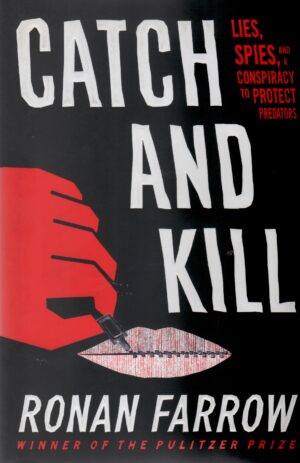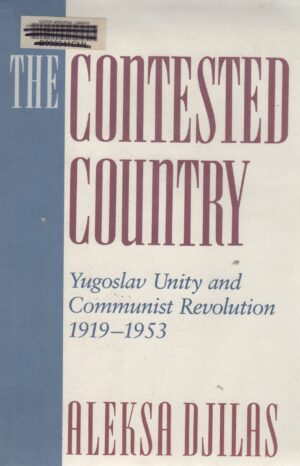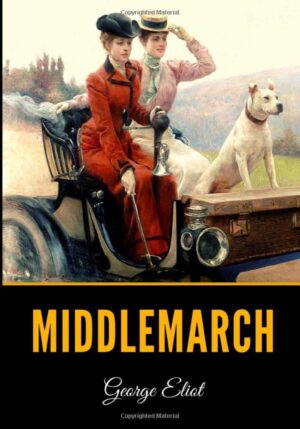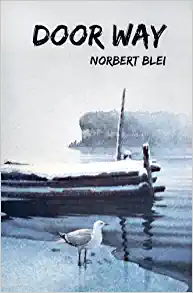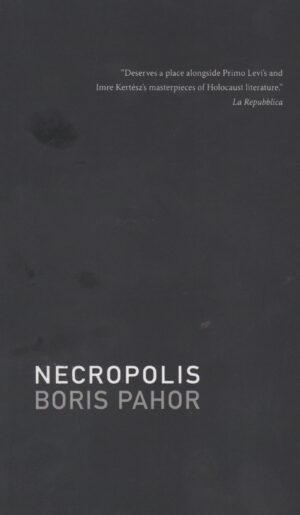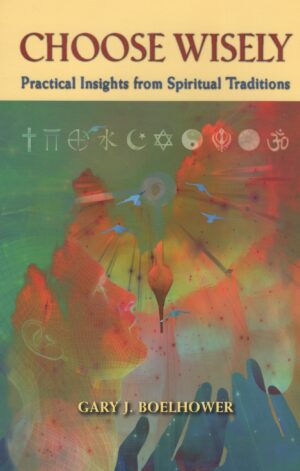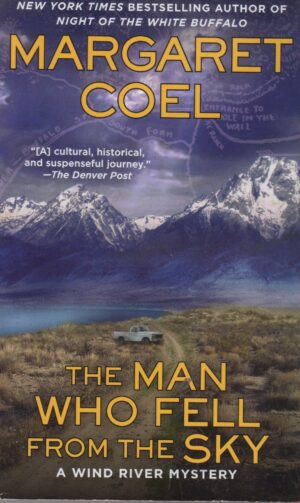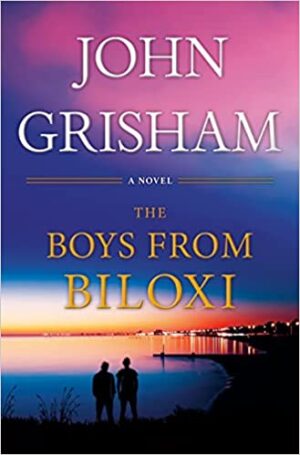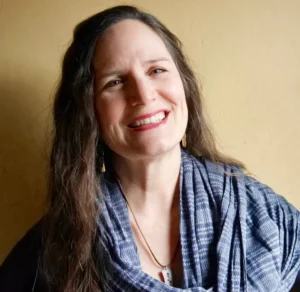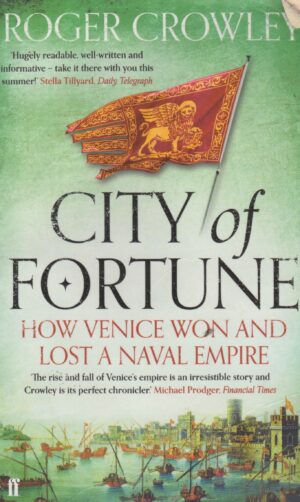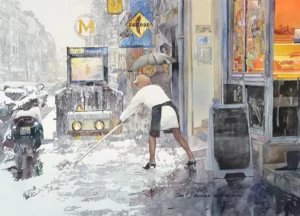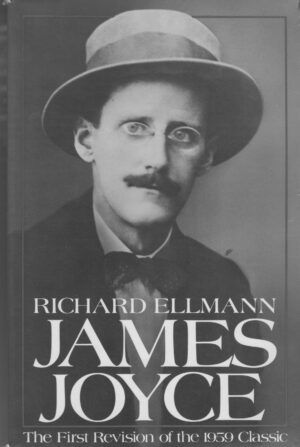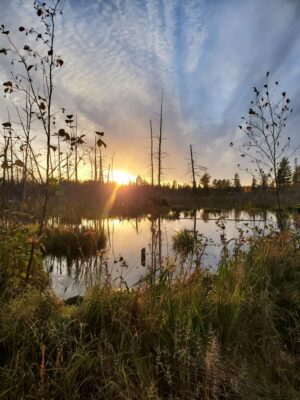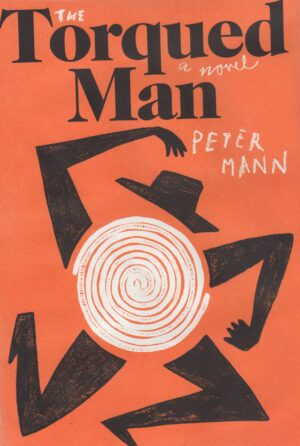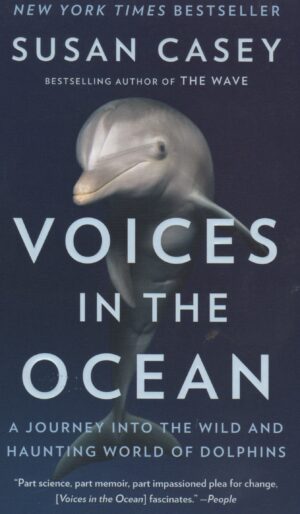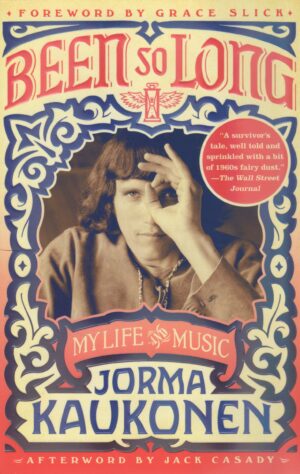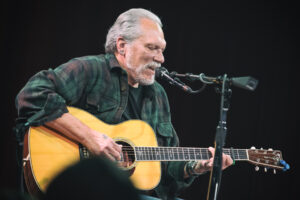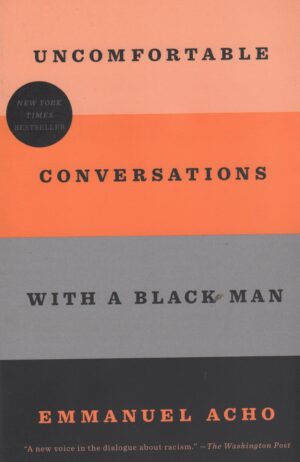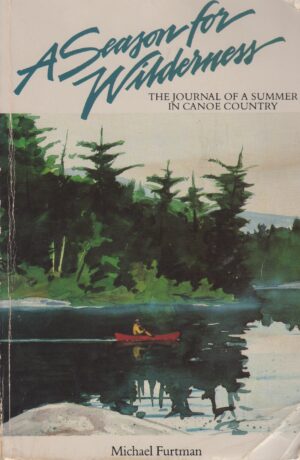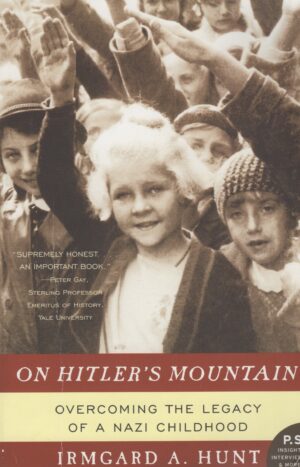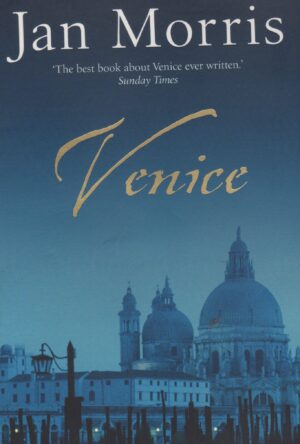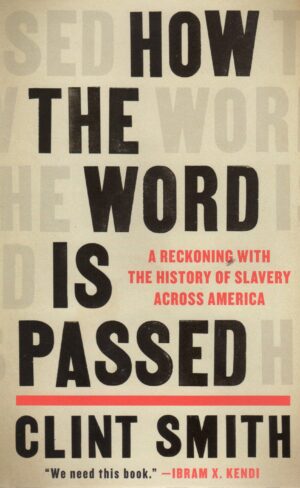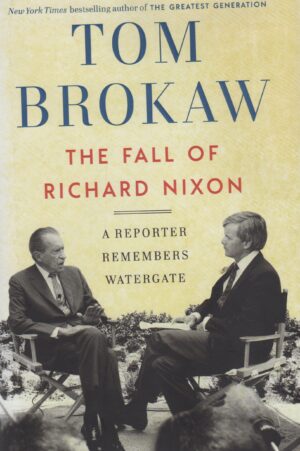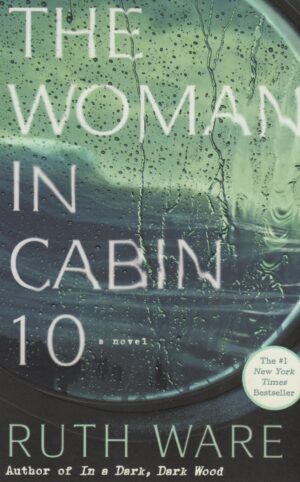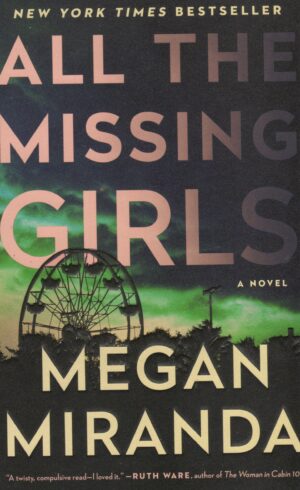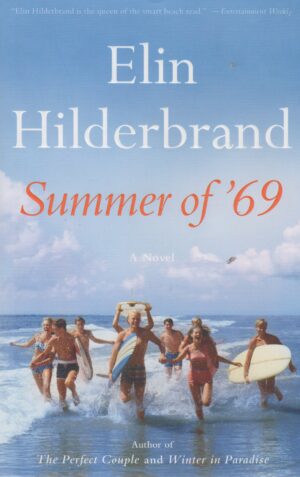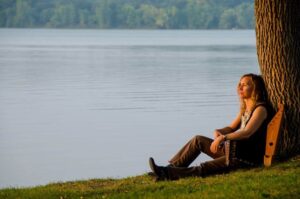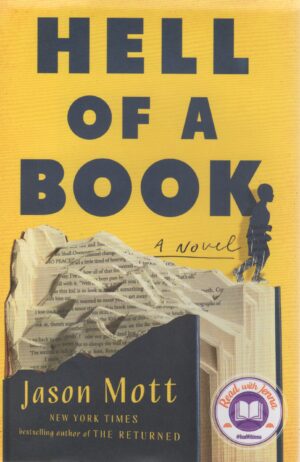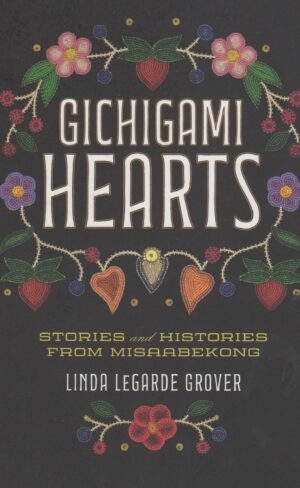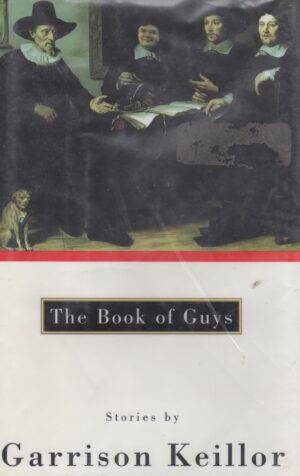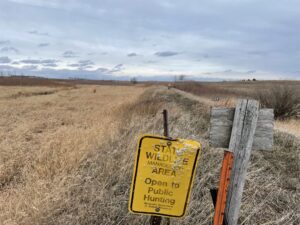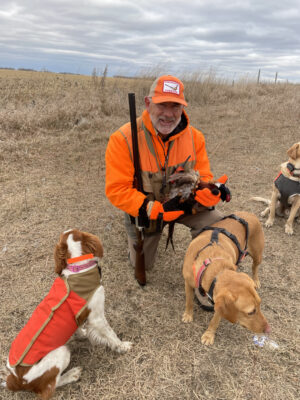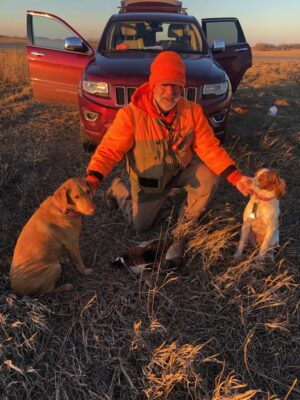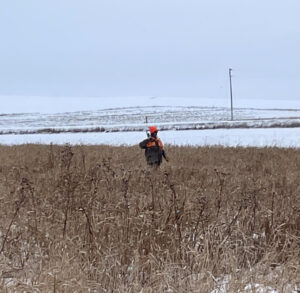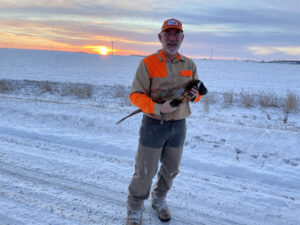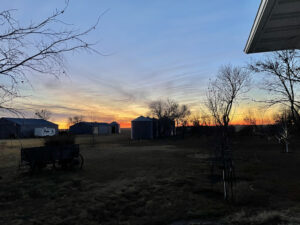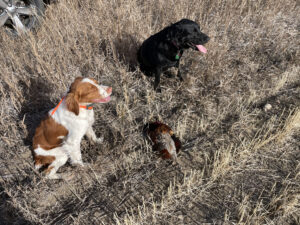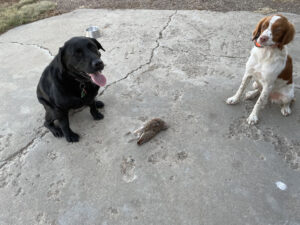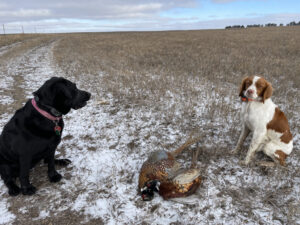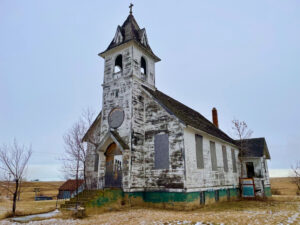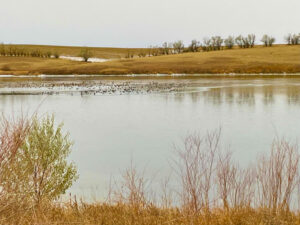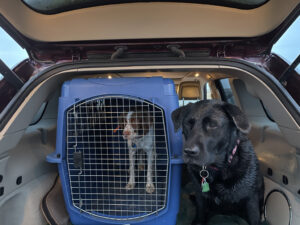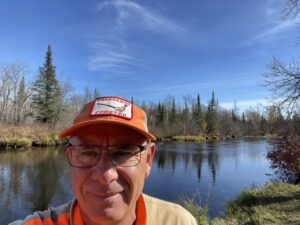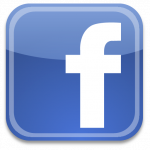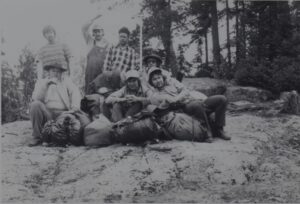
(Back row: John McLoughlin, John Benson, Larry Paasch. Middle row: Rick Washburn. Front Row: Mike, Wayne Rikala, Pat Pufall.)
By Mark Munger (c) 2025
Where to begin? I guess, at the beginning. Back in the mid-60s, a new family showed up at Holy Apostles Episcopal Church in West Duluth where my family worshipped. Paul Town, Sr., had moved to Minnesota with his wife, and their five children from Ohio to take a teaching job at Denfeld High. One of those Town kids (the second son and fourth child) was Michael Phillip Town. Given the size of our congregation, having a “new boy” in Sunday school was a big deal. I don’t remember much about those early days of getting to know Mike other than a scene, where my dad drove Paul, Sr., Paul, Jr., Mike, and I up to Knife River to fish steelhead the spring following the Town family’s return to Minnesota. No one caught a fish. But I remember the group stopping at Kendel’s Smoked Fish to load the Towns up on whitefish and cisco: beloved culinary treats from the North Shore.
When Mike and I were on the cusp of puberty, my mom, the Youth Leader at the church, announced that 6th and 7th graders, a half-dozen kids from HA, were eligible to enroll in a faith-based sex education class that would bring together thirty to forty Episcopalian kids from various Duluth congregations. Phyllis, Mike’s mom, signed him up for the class but that wasn’t the most interesting aspect of the situation. Mike brought along a Baptist kid, Bruce Larson, to learn the birds and the bees alongside the Episcopalians. Apparently the Baptists didn’t address that aspect of humanity but Bruce’s mom felt it needed addressing in her young son. Anyway, Bruce tagging along with Mike was the beginning of another friendship, one that continues until this day.
Mike and I both attended Lincoln Junior High and Denfeld Senior High. Mike was a year younger. We ended up involved in vocal music in Ray Baker’s A Cappella choir. That’s where I also came to know a smart, cute, perky gal named Veronica Seger, who would one day marry Mike and become Roni Town. There were lots of shenanigans that went on in choir, including poker games beneath the Denfeld stage during concert practices, initial forays into alcohol, necking at choir parties, and such. Mike was also involved, as an offensive lineman, with Denfeld football. I was a Hunter Benchwarmer alongside Mike and his Lincoln buddy, John McLoughlin. It was that connection to John that began another lifelong friendship and my brief foray into cinema. More on that to follow.
A diversion. One evening, my parents and younger siblings were gone for the weekend and Mike, John, and I ended up at my family’s home in Piedmont. Someone, maybe Mike, maybe John, convinced me that raiding Dad’s liquor cabinet and emptying a quart of Harry’s Windsor would be good mental lubricant for writing a letter to the editor of the Duluth News Tribune. The three of us, lit to the gills, scratched out a missive to our beloved city lamenting the lack of anything for young adults to do in Duluth other than drink and party. I think we labeled the town an “unrequited shithole”. As the three of us tittered at our brilliance, fully intending to send the piece to the newspaper, we ended the evening sleeping off our stupor in the home’s downstairs bedrooms.
“Get this fucking dog off me!” a voice bellowed from my bedroom. It was sunrise when I made my way from my brother’s room to find Pelly, Bro Dave’s very hairy and energetic Golden retriever straddling John and licking my buddy’s face. “Get this fucking dog off me,” John repeated as he tried to fend off the slobbering retriever. “But he likes you,” Mike said with a wide grin, peering over the edge of the top bunk.
The essay we’d written? It never got mailed.
About those movies. John, a big guy with a talent for humor akin to John Candy or John Goodman, and our mutual pal Dave Michelson talked me into making three films for the entertainment of the Denfeld classes of ’73 (Dave and my class), ’74 (Mike and John’s class), and ’75 (my future wife’s class). The flicks featured three brothers: the Quegleys. All the movies had similar plots: bad folks taking over the school (in the first, it’s desperados; the second features the Bagman-a creature born of nuclear waste; and the third is a Mafioso farce ala The Godfather). Mike was recruited for various roles in the first two films and ended up wandering the halls of Denfeld with a real (though unloaded) firearm. He died a pretty realistic, violent death in his brief appearance in the first film and was a resistance fighter alongside the Blackburn Twins in the second.
Through his affiliation with Boy Scouts, Mike ended up working as a caretaker at a local summer camp after graduation. During his summer stint at Camp Jamar, Mike invited Larry Paasch and I to visit, which prompted me to start coordinating annual Memorial Day canoe trips into the BWCA. For nearly a decade, Mike was part of epic Mark Marine Marches in the wilderness (I took quite a few shots for not being able to read a map!). Wayne Rikala manned the stern of a Grumman canoe with Mike in the bow and recently commented, after he found out Mike had passed away, that the two relished sneaking away to share a refreshing smoke or two.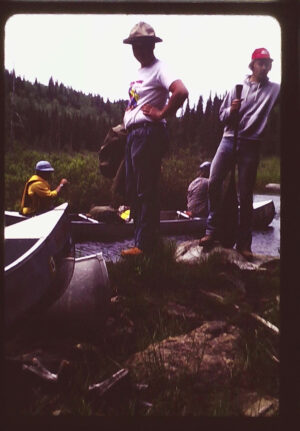

Mike also made many visits to The Cabin, a ramshackle affair that friends Dave Salveson, Wayne, Paul Lund, Jeff Tynjala, and I built on the Tynjala Farm north of Duluth. One of those visits nearly landed us in the clink. Driving to The Cabin over an old hayfield in a borrowed pickup, Pat Pufall at the wheel, Larry, Mike, and John in the topper, lights erupted across the field. Turns out game wardens had been following us, convinced we were shining deer. After the three drunks in the back of the truck toppled out and we explained what we were doing, the wardens had a good laugh and let us continue on our way. (Photos. Left: BWCA trip. Mike and John Benson, foreground. 2nd Photo: 1972-73 Varsity DDHS team, Mike is No. 65.)

Remember Bruce? Well, thanks to Bruce’s dad, Wendell, who vouched for Mike and helped get him a job, Mike was able to begin a career in the oil industry at the Wrenshall refinery. Mike and Roni got married at the same time a whole slew of us tied the knot (’78) and, when the refinery closed, the couple pulled up stakes and moved to Lake Charles, Louisiana. There, the Towns had two sons, Evan and Adam (it always screws with my mind that “Adam” is the second born!) but when an opening occurred at the Enbridge tank farm in Superior, the family came back to Minnesota. Roni became deeply involved with her sons’ educations and Mike became an ardent wood worker, crafting walking sticks and Native American flutes to gift to friends. René and I had four sons and our families remained close as the boys matured. That connection included camping trips and summer parties. But the strongest bond between the Towns and Mungers involved our mutual Denfeld origins. (Photo: Mike chopping off John’s head at The Cabin. No one was actually harmed!)
In the early ’80s, a group of Denfelders, sometimes a few couples, other times, nearly two dozen folks, began an annual Christmas tradition. We’d meet for dinner at local restaurants to share stories and catch up on our lives and families. Over time, we added after-dinner concerts including a trip to the Cities to see CSN&Y, a visit at the DECC to listen to the Moody Blues play with the Duluth Symphony, and plays and comedy shows (one of the most memorable being the Duluth Playhouse’s production of The Odd Couple with McLoughlin and Michelson as the leads). Then we started taking cruises together to the Caribbean and Europe. Dubbed “Larson’s Big Adventures”, those trips gave us a chance to visit, talk kids and parents and grandkids, and rekindle friendships. Mike and Roni, and then after Roni passed away, Mike and Jill, were part of many, many of those grand adventures. 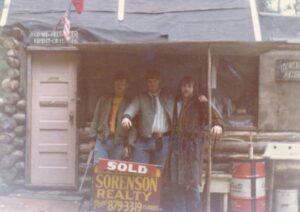 After Roni’s death, Mike, who needed to get away from Duluth’s dismal winter, organized trips to Scottsdale, AZ, where his sister Patty and brother-in-law Rob lived. He made arrangements with his nephew for lodging for his Duluth pals and introduced us to the beauty of the desert. After Mike married Jill (a ’74 classmate and fellow West Ender), the Towns rented places in Oak Creek and Prescott and spent winters free of Duluth’s forbidding snows. Those forays into Arizona convinced my wife, René, we needed to buy a trailer (I call it the SAT (René’s Small Assed Trailer)) and haul our house on wheels to Camp Verde, AZ . Along the way, I presided over Mike and Jill’s nuptials in the backyard of their West Duluth home followed by a raucous celebration at the Kom On Inn. Sadly, the reception was the last time I saw John McLoughlin. He died not long thereafter. But from that loss, Mike constructed a notable celebration. When he found out John’s children were struggling to hold a memorial for John (a guitarist and filmmaker) Mike took the bull by the horns and got Bruce, Dave Michelson, me, and Scott Mork (’74) to fund the event at the iconic West Theatre. It was a very, very special night of Quegleys, stories, libations, eulogies, and way too much Sammy’s Pizza! (Above photo: Larry, Mike, and Pat @ The Cabin).
After Roni’s death, Mike, who needed to get away from Duluth’s dismal winter, organized trips to Scottsdale, AZ, where his sister Patty and brother-in-law Rob lived. He made arrangements with his nephew for lodging for his Duluth pals and introduced us to the beauty of the desert. After Mike married Jill (a ’74 classmate and fellow West Ender), the Towns rented places in Oak Creek and Prescott and spent winters free of Duluth’s forbidding snows. Those forays into Arizona convinced my wife, René, we needed to buy a trailer (I call it the SAT (René’s Small Assed Trailer)) and haul our house on wheels to Camp Verde, AZ . Along the way, I presided over Mike and Jill’s nuptials in the backyard of their West Duluth home followed by a raucous celebration at the Kom On Inn. Sadly, the reception was the last time I saw John McLoughlin. He died not long thereafter. But from that loss, Mike constructed a notable celebration. When he found out John’s children were struggling to hold a memorial for John (a guitarist and filmmaker) Mike took the bull by the horns and got Bruce, Dave Michelson, me, and Scott Mork (’74) to fund the event at the iconic West Theatre. It was a very, very special night of Quegleys, stories, libations, eulogies, and way too much Sammy’s Pizza! (Above photo: Larry, Mike, and Pat @ The Cabin).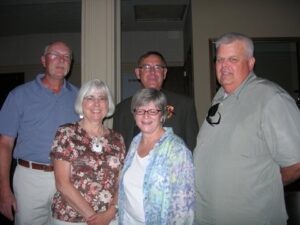

The West became, as our little band of Denfeld couples continued on, a go-to spot for shows after breaking bread at local eateries. For the past several years, Mike, Jill, and the rest of the crew have dined together and seen some remarkable shows at that old Art Deco theater.
Mike wasn’t a perfect man. He could display, when frustrated by friends, family, or the perceived idiocy of the world, flashes of temper. But after Roni was diagnosed with cancer, beginning a long battle that ultimately ended, as Mike said, “with Roni’s last best night” (Mike, the Larsons, and the Mungers sharing stories with Roni at her hospice bedside and laughing until our bellies ached), my friend became the consummate caregiver. Gone were the impatience and anger, which, given the situation, was a remarkable shift in Mike’s personality. It was a change of such magnitude, one couldn’t help but notice and yet, sadly, I don’t think I ever shared my perception in that regard with Mike.
(Photos: Left: Dave Salveson and me in rear row. Jan Larson, Roni, and Mike. Day of my induction into the Denfeld Hall of Fame ’12. 2nd photo: Russ Ditman and Mike at Salveson’s stag.)
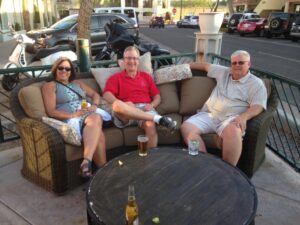
Many of you know I’m-to steal a Billy Joel line-a “real estate novelist”. I’ve been an author for over thirty years. During that run, I’ve written fourteen books. Many of my projects have been launched at gatherings of friends and family at various locales in Duluth. When Roni was still with us, she and Mike made every such event. After Roni’s passing, Jill and Mike continued to support my muse. Mike called in early February, indicating he wanted to buy a copy of my Finnish trilogy to gift to friends. and we made arrangements to meet at the Town apartment. After delivering the books and receiving a crisp $50 bill from Mike; Mike, Jill, and I sat in their living room and, as Mike and I sipped beer, chatted. Mike said that, while Jill wanted to stay close to home for the winter, he was thinking of returning to Arizona. No real plans had been set but that was his intention. (Photo: René, Bruce, and Mike in Scottsdale, AZ)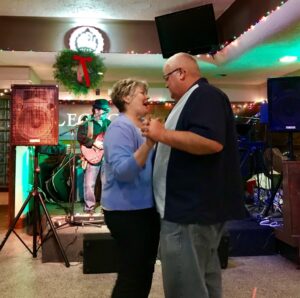
Not long after that evening, René and I traveled to Lake Havasu (sans SAT). While sitting by the pool at a local resort, I thought of Mike. I called him to see if, by chance, he was coming south. It turned out his plans had changed. “Maybe next year,” Mike said, “I really do need to get the hell out of Duluth in winter.” That was the last time we spoke.
While refueling my Jeep in Kansas on our return trip from Arizona, the wind howling at fifty miles per hour, my phone dinged. The text message was from Bruce: Mike had died suddenly that morning. The news of Mike’s passing buckled my knees and clouded my eyes. (Photo: Jill and Mike wedding dance.)
Ultimately, Mike was a good man and friend who, over the course of the past year, spent time with René learning the art of mosaic making. Their mutual project, a rainbow trout embedded atop an antique table, remains unfinished in my wife’s studio, though René has vowed to finish the project in time for Mike’s memorial BBQ in July.
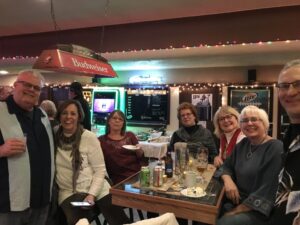
I’m pretty sure that’ll make Mike Phillip Town smile.
Peace
Mark
(Photo: Mike, René, Karin Johnson, Kathy Benson, Chris Curtis, Jan, and Bruce.)
https://www.duluthnewstribune.com/obituaries/obits/michael-philip-town-8zkeuhriw9vgwdf9pvcs
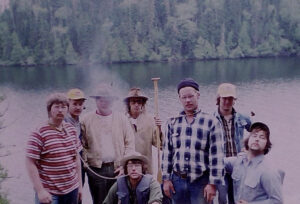

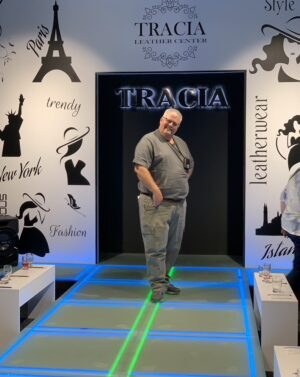
(Photos: Top: BWCA trip. Standing, from left: John, John Benson, Mike, Rick Washburn, Wayne Rikala, Larry Paasch. Seated: Me, Pat. Second photo: Mike in Barcelona. Last photo: Mike on a modeling runway in Montenegro. Don’t ask!)
